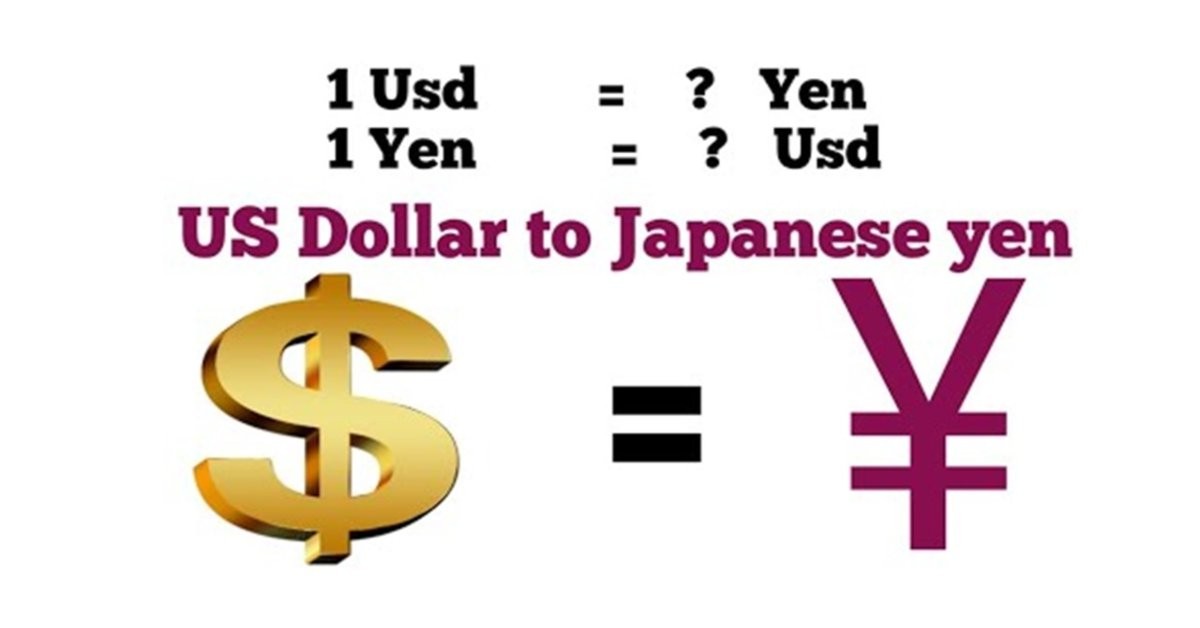BoJ, unlike major central banks, maintained ultra-dovish policies.
For many investors, it's an attractive price for Yen to buy, while some analysts believe that the Bank of Japan is putting that at serious risk with its ultra-low interest rates.
BoJ was the last central bank among developed economies to hold the monetary policy and interest rate decisions. Early Friday, market participants were not surprised to see that BoJ had the rates and reiterated its commitment to support the economy by defending its cap on bond yields with unlimited buying.
After the meeting, again started losing the ground after last night's gain with falling US bond Yields. Today yen lost more than 2%. However, the question is how far these bears can go? Is that time to buy Yen or not? To answer this question, let's see some significant game-changer in Yen price.
First, BoJ is the primary source that can mostly control the Yen, even though last week Kuroda said that government is responsible for the currency value.
However, with the Yen's further devaluation, which causes economic planning instability, BoJ said they must watch the situation closely. And today, in the press conference, BOJ Governor Haruhiko Kuroda said, "Recent rapid falls in the yen heighten uncertainty on the outlook and make it difficult for companies to set business plans. It's therefore negative for the economy and undesirable". This comment from the central bank, known as a currency intervener, means they are ready to act if it worsens.
On the other hand, the US bond yields increase in recent months was one of the main factors adding the pressure on the Japanese yen. If Treasury Bond Yields rise, the Japanese Yen will decrease, and vice-versa. US economic conditions are currently unsatisfactory, and stock markets have high risks. We can also see the risk effect on the USVIX chart, again moving above 30. With more changes in the stock markets, we can expect more demand for safe-havens, including the Japanese Yen and US bond Yields. More demand for bonds means lower yields, and lower yields will be less interested for the Japanese to sell the Yen against the USD and invest in the US treasury notes.
Conclusion
When we are looking at the longer time market moves, most factors seem in Yen's favor. However, there is no guarantee that the central bank's policies in Japan can help the country's economy to improve enough to be trusted. From the technical point of view, the weekly chart shows that the market volume is still increasing in a clear uptrend. However, in the daily chart, the latest volatile and downgrade attracted higher volume as well, signaling that still, many market participants trust in Yen in risk-off modes. Technically, the lower band of Bollinger Band is key support around 125, and if the asset breach under 130 key level, it will be likely to see the 125 as well. Under 125, we can see 121 and 118. Conversely, stable trading above 135 will bring 140 into the spotlight.


















